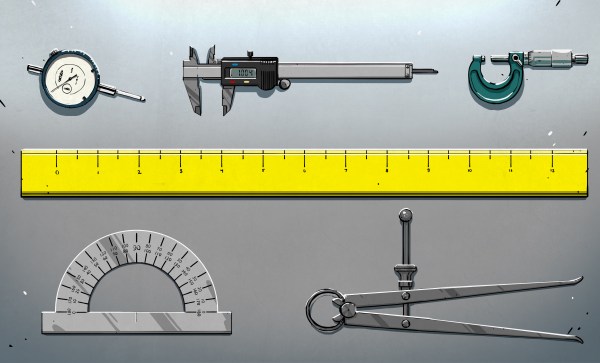3D printing has simplified the creation of many things, but part of making something is knowing just how much you can rely on it. On the [BubsBuilds] YouTube channel, he built a cheap rotary table and then walked through the process of measuring the error inherent in any rotating system.
Starting with a commercial rotary table, [BubsBuilds] decided he wanted a rotary stage that was both lighter and had provisions for motorized movement. Most of the rotary build is 3D printed, with the large housing and table made from PETG, and the geared hub and worm gear printed on a resin printer. The bearings used to support the worm gear are common skateboard bearings. There is also a commercial thrust bearing and 49 larger 9.5 mm ball bearings supporting the rotating tabletop.
There are three different types of runout to be measured on a rotating stage: axial, radial, and angular. Axial runout is fairly straightforward to discern by measuring the vertical variation of the table as it rotates. Radial runout measures how true the rotation is around the center of the table. Angular runout measures how level the table stays throughout its range. Since these two runouts are tied to each other, [BubsBuilds] showed how you can take measurements at two different heights and use trigonometry to obtain both your radial and angular runout
This is a great walk-through of how to approach measuring and characterizing a system that has multiple variables at play. Be sure to check out some of the other cool rotary tables we’ve featured.
Continue reading “Bearing Witness: Measuring The Wobbles In Rotary Build”




















